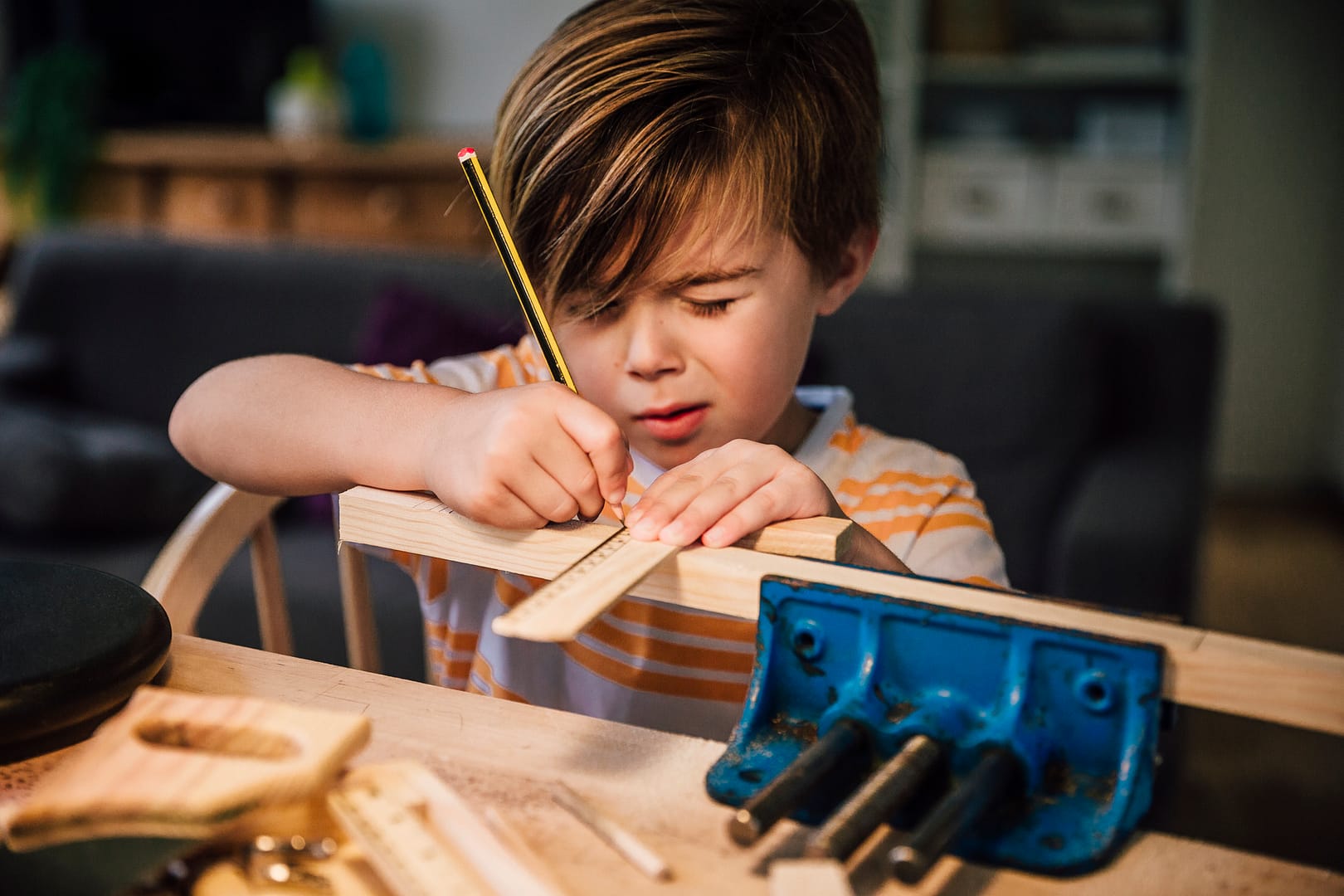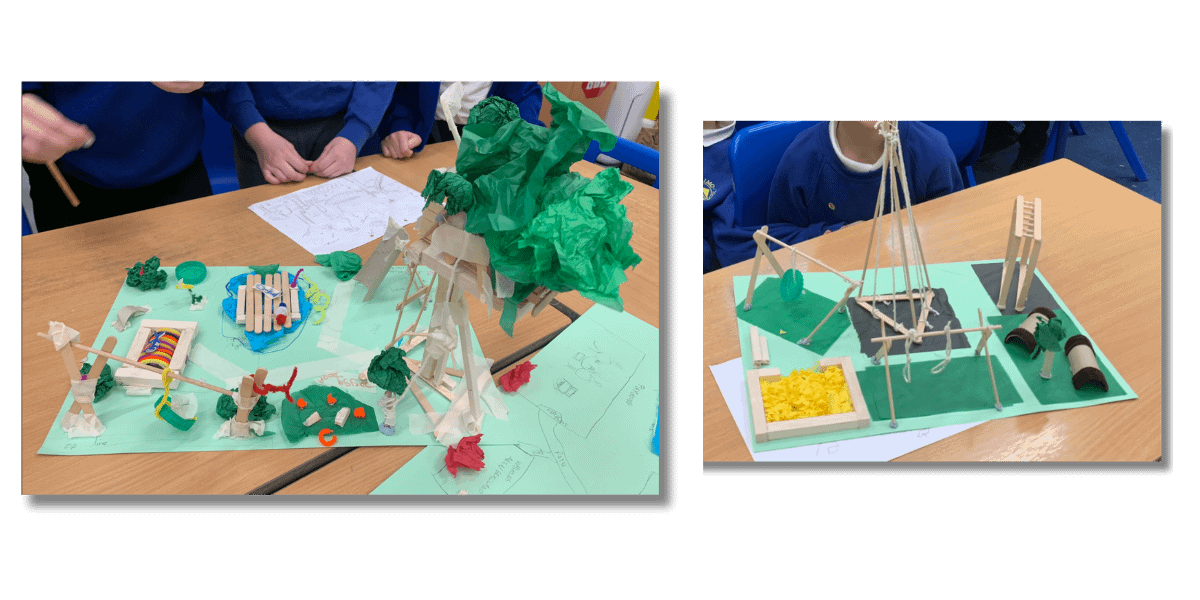Exploring Cross-Curricular Links In Design & Technology
Written by Kapow Primary
Published on 11th August 2023
Last Updated: 8th November 2024
Written by Kapow Primary
Published on 11th August 2023
Last Updated: 8th November 2024

A cross-curricular approach to primary education involves integrating and applying knowledge and skills across different disciplines. Cross-curricular learning in Design and technology helps children to think critically while encouraging creativity and innovation.
Kapow Primary’s Design and technology scheme of work adopts a cross-curricular approach. This benefits pupils in a range of different ways:
Relevance: By drawing connections between different subjects, pupils understand the relevance of their learning. It enables them to see how different disciplines connect and relate to each other in the real world.
Skill development: Through cross-curricular projects, children develop essential skills, including problem-solving, critical thinking, creativity, collaboration and communication.
Engagement: Hands-on, project-based learning activities in Design and technology can significantly boost children’s engagement as they apply theoretical knowledge from other subjects in a practical context.
Deeper understanding: Applying knowledge from one subject to another can lead to a deeper understanding of both areas.
Time-saving: Teachers can target multiple objectives in less time.
Cross-curricular learning opportunities are embedded throughout our Design and technology scheme to enrich learning, reinforce knowledge and create a more holistic educational experience.
Design and technology lessons provide an opportunity to practise specific subject-based skills that are naturally aligned, such as:
Cross-curricular learning connecting to other subjects is more intentional and adds further depth, purpose and relevance.
Here are some examples of cross-curricular learning in Design and technology:
Thinking like an architect involves multi-disciplinary skills from across the curriculum subjects, particularly Mathematics, Science, and Art and design. Architectural thinking is promoted through our structure-based Design and technology units such as:

Pupils from Haimo Primary School have created some fantastic playground models!
Year 2 children can simultaneously learn about a balanced diet in Design and technology and about Health and wellbeing in RSE & PSHE. These two complementary units reinforce the notion that a healthy diet is necessary for a healthy life.
Children can build upon their understanding of healthy eating in our Year 3 Science Movement and nutrition unit and in Year 4 Geography, Where does our food come from?
In one of our Digital World units, Year 4 children design a timer to help time a mindful moment. This unit has an unusual combination of cross-curricular links between:
In today’s tech-driven world, Design and technology involves coding and digital elements, offering hands-on computing experiences. Further opportunities to apply programming skills are provided in our Year 5 Computing unit about micro:bits.
Our Design and technology and Computing specialists teamed up for a webinar about using micro:bits in your classroom. They explained the functions and features of the micro:bit and suggested how to use it in lessons.
Some Kapow Primary Design and technology units focus on making toys. They all connect to History via the Year 1 unit How have toys changed?
This connection is further reinforced when children in Year 6 make mechanical toys in our unit on automata toys. They learn about toys from Victorian times and how to make the moving mechanisms that powered them.
Cross-curricular links to History create a multi-layered learning approach to Design and technology. This encourages children to consider and evaluate their designs from another perspective.
Project work is another way to integrate cross-curricular learning into Design and technology. It can be taught over a few lessons, a few days, or sometimes even longer. We’ve added some ideas below with links to Kapow Primary lessons where relevant.
Introduce your class to the fascinating world of stop-motion animation. Our Computing scheme features stop-motion lessons in key stage 1 and upper key stage 2. Here are some ideas:
Growing a sustainable garden is a long-term project that can involve just a few children or even the whole school, depending on the garden area. Pupils can:
Pupils make their own waistcoats, pouches or other items as part of a fashion collection inspired by different sources such as:
Cross-curricular links within Design and technology teaching are rich and diverse. By making the most of these opportunities, you can deliver engaging, relevant and skill-building lessons that help children understand how learning is connected across different subjects.